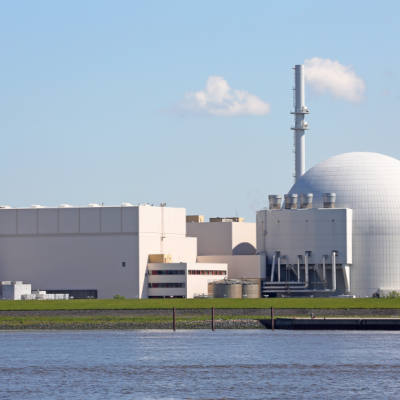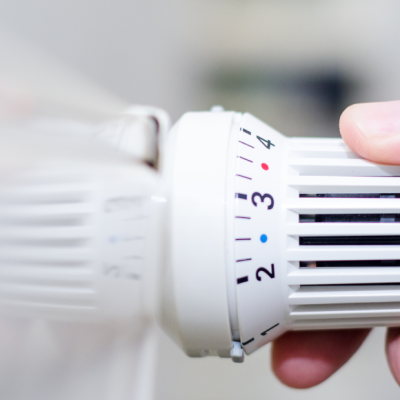Germany is heavily reliant on the combustion of fossil fuels to generate heat. However, the use of climate-neutral heat sources such as geothermal and solar thermal in combination with large heat pumps could almost completely replace this. According to a statement by the Federal Ministries of Economics and Climate Protection (BMWK) and for Housing, Urban Development and Construction (BMWSB), district heating networks could enable a significantly more climate-friendly and cost-effective heat supply. A study by the Fraunhofer Institute for Energy Infrastructure and Geothermal Energy (IEG) on behalf of Agora Energiewende has now examined how large heat pumps in district heating networks can help to tap into sustainable heating technologies such as geothermal, waste heat, and solar thermal.
The researchers found that the entire heat demand for temperatures up to 200 degrees Celsius could be covered by climate-neutral sources and distributed with large heat pumps. The IEG survey found that at the beginning of 2023, there were 30 heat pump systems with more than 500 kW thermal output active in Germany, representing a total output of about 60 MW. In addition, at least 30 other large-scale heat pump projects with a total output of around 600 MW were either under construction or in the development phase. Long-term scenarios commissioned by the BMWK suggest that large heat pumps could deliver over 70 percent of district heating in Germany by 2045, almost completely replacing natural gas.
The study also shows that the environmental and waste heat that can be made accessible through heat pumps significantly exceeds the heat demand of buildings and industrial processes up to 200 degrees Celsius. Overall, the potential heat output that heat pumps can provide from CO?-neutral sources without using ambient air is about 1,500 terawatt-hours, compared to an annual heat demand of just over 1,000 terawatt-hours. With the next development leap, the technology can reach temperatures up to 200 degrees Celsius, which is not only the working temperature of existing district heating networks but also many processing and drying processes in the paper, food, chemical, and paint industries.
In conclusion, the use of large heat pumps in district heating networks could be a game-changer in Germany’s transition to sustainable heating technologies. With the potential to cover the entire heat demand from climate-neutral sources and replace natural gas almost entirely, large heat pumps could play a significant role in reducing greenhouse gas emissions and achieving climate targets.










